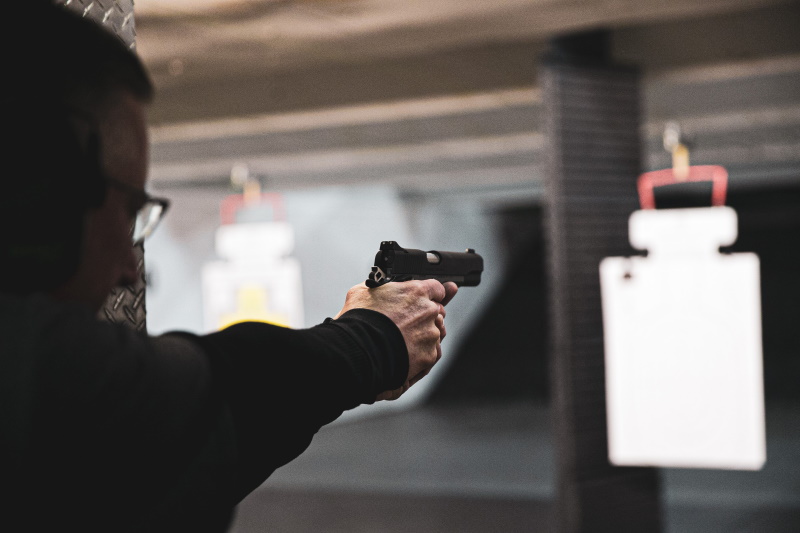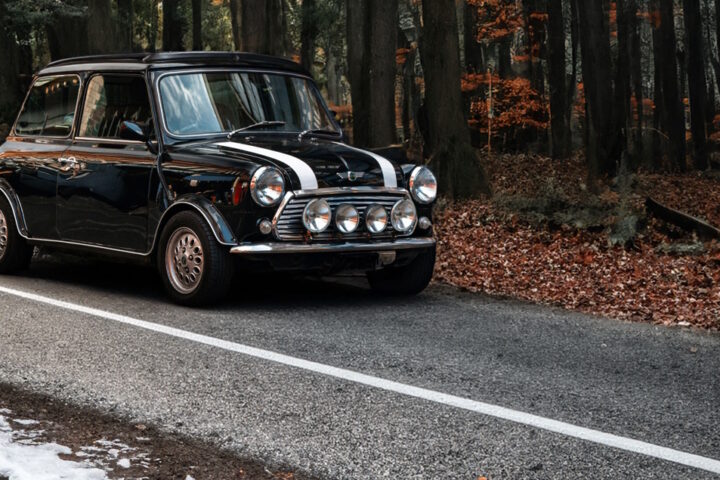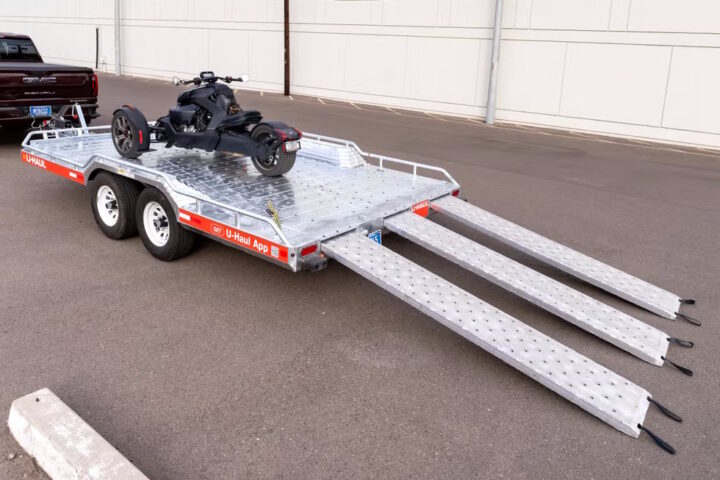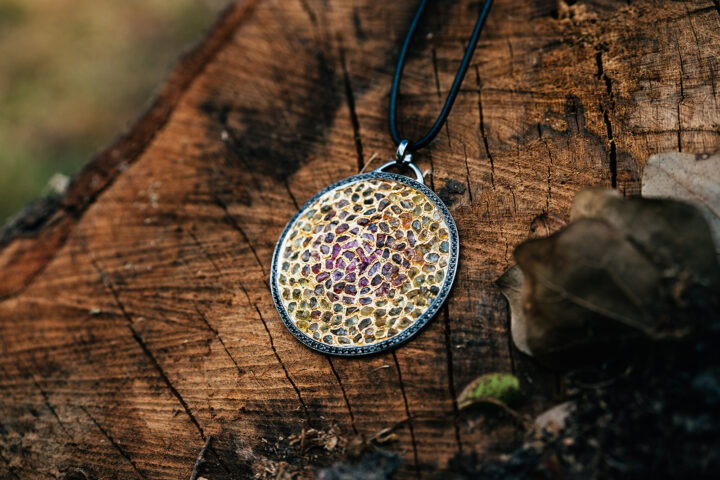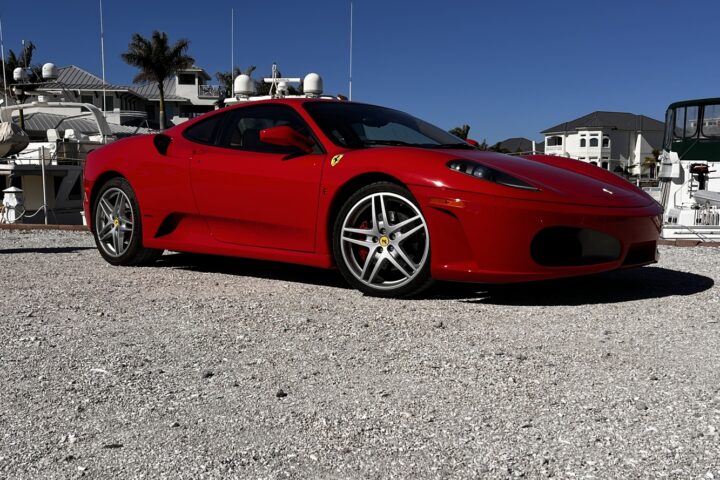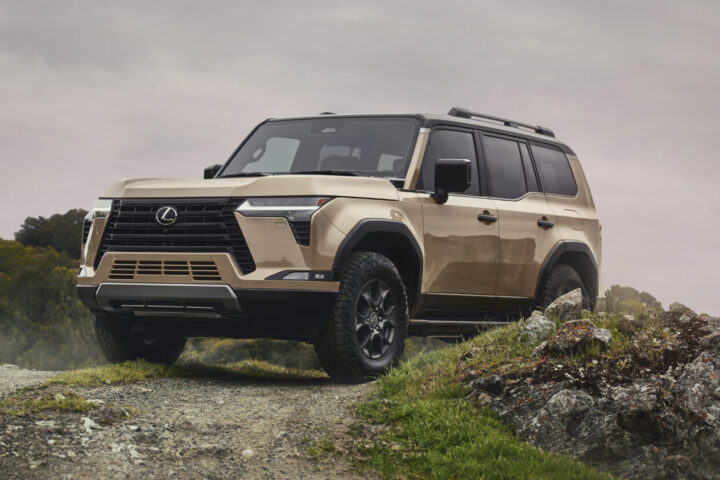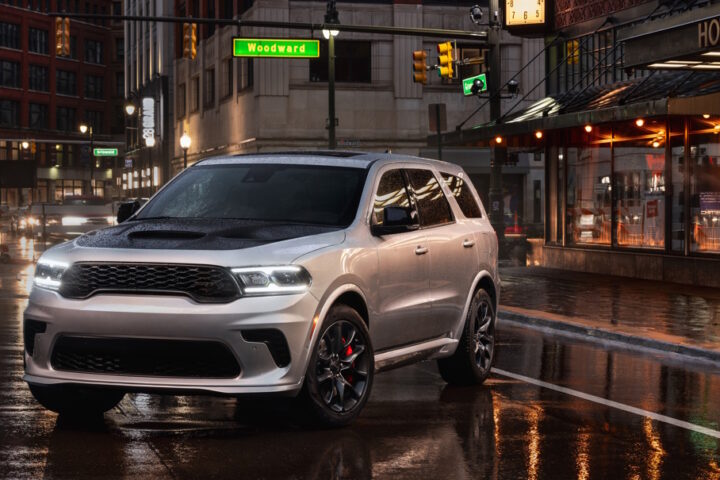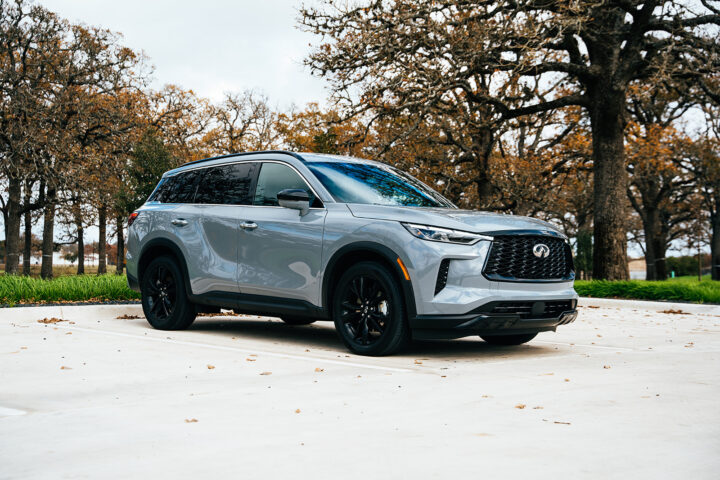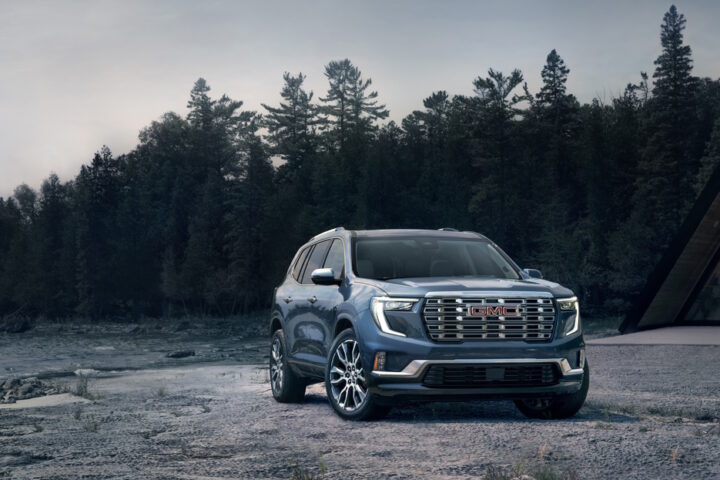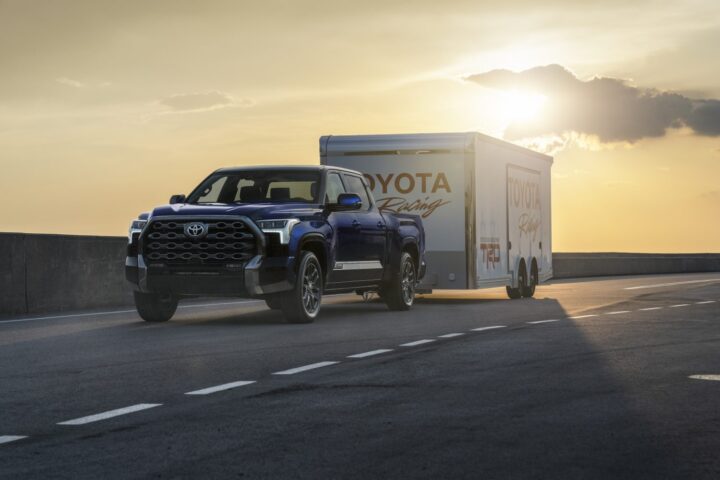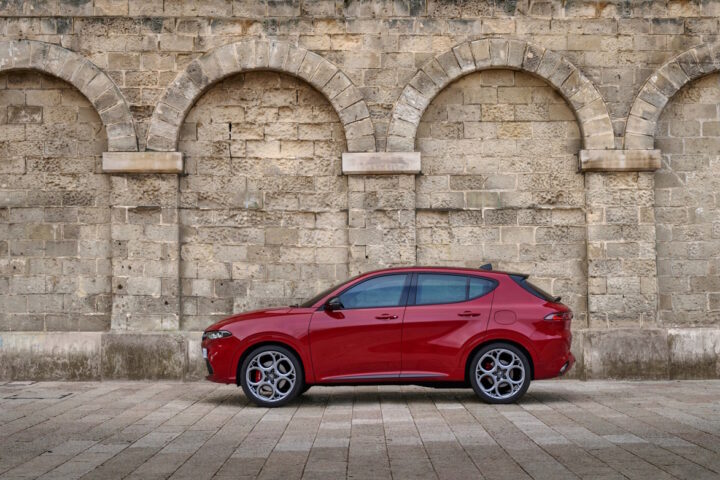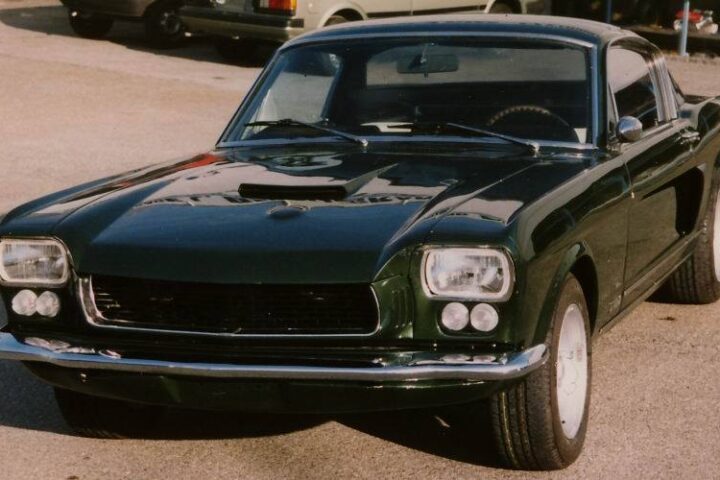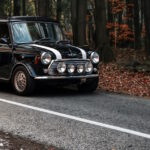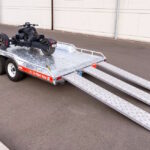With the recent global pandemic and civil unrest, many Americans have discovered that ultimately they are responsible for their own security. The lack of response from both police and politicians has sent millions of Americans to their local gun store. According to the National Shooting Sports Foundation (NSSF), from January 1st through April 30th, more than 6.5 million gun-sale background checks were conducted, nearly a 50% increase over 2019. A recent survey of retailers by NSSF showed that 40% of sales in April and May were to first-time gun owners.
But I had seen this panic before, having lived in California during the 2015 San Bernardino mass shooting, what the FBI described as “homegrown violent extremists inspired by foreign terrorist groups.” 2015 was a crazy year for me already and this attack took place just 20 miles away, so I looked into getting my concealed carry permit, along with nearly everyone else in California. The backlog of applications in the wake of the attack soon stretched the waiting list to over a two-years, and I would end up moving before the date of my interview with the sheriff would come to pass.
After moving to Texas, I decided to look into getting a license to carry, since the process is less onerous than California. I reached out to some friends at Black Cactus Armory, a few doors down from my building, and signed up for their next scheduled license to carry course, the following week. Black Cactus is exactly what most non-gun owners would imagine a gun shop would look like. The shelves are stocked with ammunition, accessories, and inside the glass cases and wall racks are all manner of firearms. From a suppressed Glock to a vintage WWII era M1 Garand if they don’t have it, they will order it or build it.
I was the third person to arrive at the class, social distancing had just started so the tables and chairs were spread out across the showroom of the gun store. I am given some basic paperwork to fill out, handed a folder full of all the information that we would be going over, and I kill some time looking around the shop, which would make most of my friends in California uncomfortable. A large banner is on the wall with President Trump riding an army tank, military and American flags hang all around, an advertising display gun cleaning product company TekMat says “0% liberal” it is a hyper
Slowly others start to trickle in and we were asked to take our seats as we listened to a short introduction from the instructor, before being asked to go around the room and introduce ourselves and why we were taking the course to get our license to carry.
A young mother who wanted security when she has to drive alone late at night, a man that works in remote oilfields and spends a lot of time out in the middle of nowhere, a married couple who both just wanted to be able to protect their family. The seven other people went around the room and shared their reasons, stories, and rationale for why they wanted to get certified, and then it came to my turn. I shard that I had wanted to get my license simply because I could and besides I can use my James Bond-style shoulder holster for my Walther PPK.
Our instructor is exactly who you would expect to see when you walk into a gun shop. Jim Bivens, a retired Marine, certified NRA instructor who can be slightly intimidating thanks to his eye-patch. Jim however, is far from intimidating taking us through the class with his laidback easy manner and even a few decent dad-jokes. Making the time pass is important since the classroom portion is four hours long.
The class itself is similar to traffic school, Jim takes us through a number of sides explaining all of the different laws that are applicable to license holders. Also like traffic school, there is a test at the end that you have to pass, but the written test is just the first test, then you have to head out to the range. While most of the laws are fairly clear, apparently you can carry your firearm to your car, plane, or boat, but you can’t take your firearm on a seaplane for some reason.
We learned about basic gun safety, how to carry a firearm, and what to do in the event that we ever have to draw a weapon in public. The course also covers where it is legal to carry, a license to carry still comes with a number of limitations like federal buildings, gun-free zones, and bars.
You are required to bring a pistol and 50 rounds of ammunition, to pass the shooting portion a candidate must score 175 points out of a possible 250. I had yet to fire my new PPK, but I figured I would be able to dial it in after a few shots. The shooting portion is done in three stages, the first is 20 shots from three yards, the second is 20 shots at seven yards, and the third is ten shots from 15 yards. I scored 240 out of 250 points with my Walther PPK, but the class and shooting test is just the first step.
To get my license to carry I would now have to pass an extensive background check including having my fingerprints ran at the local Identogo. Once that was done, it was just a matter of scanning in all my documents and submitting everything to the Texas Department of Public Safety. Now it is just waiting on the processing which can take up to 60 days. The course will set you back $100, the fee for the fingerprinting, and background check. Add in a box of ammo and you are looking at just under $160 for the entire process.
Do I feel the need to carry a firearm with me everywhere? No, most of the time it is an afterthought, but in these troubling times, having the ability to carry a firearm does offer peace of mind. That old adage of “it is better to have it and not need it than need it and not have it” has never ringed more true. Even if you are not interested in getting a license to carry a firearm, I encourage everyone to take at least visit a range, take a safety course it might just shift your perspective on gun ownership.

